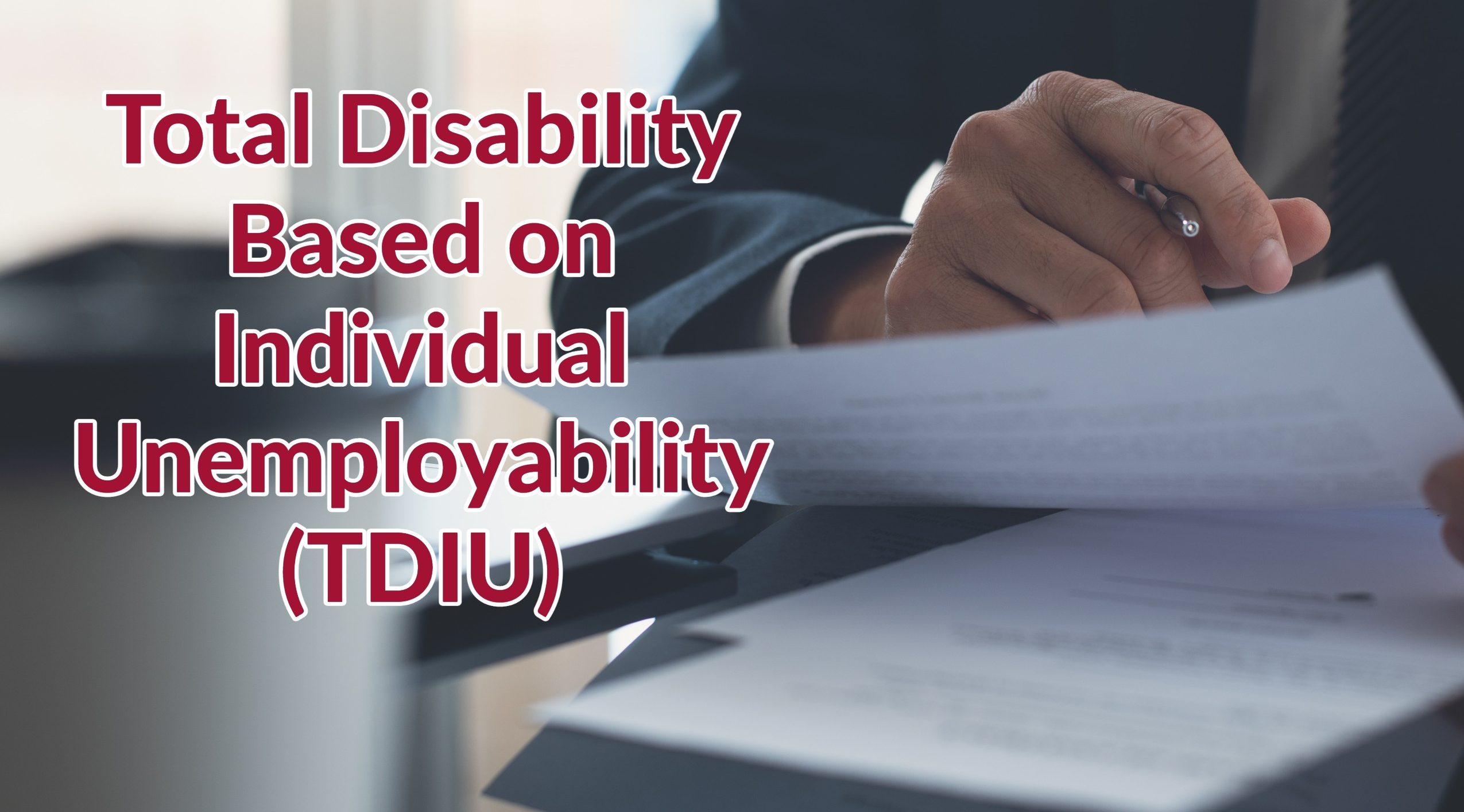In the digital age, where communication is predominantly facilitated through messaging apps, ensuring the security and privacy of our conversations has become paramount. WhatsApp, one of the world’s most popular messaging platforms, has taken a bold stance in safeguarding user privacy through end-to-end encryption. But what exactly does this term mean, and why is it significant?
Table of Contents
Understanding End-to-End Encryption
End-to-end encryption (E2EE) is a security measure that ensures only the communicating users can read the messages. In simpler terms, it means that when you send a message, only you and the recipient can read it — not even WhatsApp itself can access the content of your conversations.
To delve deeper, let’s break down the process:
- Encryption: When you send a message on WhatsApp, it gets encrypted on your device before being transmitted. This encryption converts the message into a format that is unreadable without a decryption key.
- Transmission: The encrypted message is then transmitted over the internet to WhatsApp’s servers.
- Decryption: Upon reaching the recipient’s device, the message is decrypted using a unique key, which is only available to the sender and receiver. This ensures that only the intended recipient can access the content.
Why End-to-End Encryption Matters
1. Privacy Protection:
E2EE ensures that your conversations remain private and secure. Even if intercepted by hackers or accessed by unauthorized entities, the encrypted messages are indecipherable without the decryption key.
2. Security Against Surveillance:
By implementing E2EE, WhatsApp prevents governments, cybercriminals, and even WhatsApp itself from accessing the content of users’ messages. This protects individuals from surveillance and ensures freedom of expression.
3. Trust and Transparency:
WhatsApp’s commitment to E2EE fosters trust among its users. By openly declaring its encryption practices, the platform demonstrates its dedication to protecting user privacy, which is crucial in an era of increasing digital vulnerabilities.
4. Safeguarding Sensitive Information:
Whether it’s personal conversations, financial details, or sensitive business discussions, E2EE ensures that sensitive information remains confidential and inaccessible to unauthorized parties.
Challenges and Criticisms
While E2EE offers robust security measures, it’s not without its challenges and criticisms:
- Misuse by Criminal Elements: Critics argue that E2EE can be exploited by criminals for illicit activities such as terrorism, drug trafficking, and child exploitation, as it provides a secure channel for communication beyond the reach of law enforcement.
- Inability to Monitor Harmful Content: E2EE makes it challenging for platforms like WhatsApp to monitor and mitigate the spread of harmful content, including misinformation, hate speech, and violent extremism.
- Legal and Regulatory Concerns: Some governments advocate for backdoor access to encrypted messages to aid in law enforcement efforts. However, this undermines the fundamental principles of E2EE and raises concerns about mass surveillance and privacy violations.
Conclusion
End-to-end encryption is not just a feature; it’s a fundamental aspect of modern communication platforms like WhatsApp. By prioritizing user privacy and security, WhatsApp has set a precedent for other tech companies to follow suit. While E2EE presents challenges and complexities, it remains a crucial tool in protecting digital privacy and fostering trust in the digital realm. As users, it’s essential to understand and appreciate the significance of E2EE in safeguarding our online interactions.











